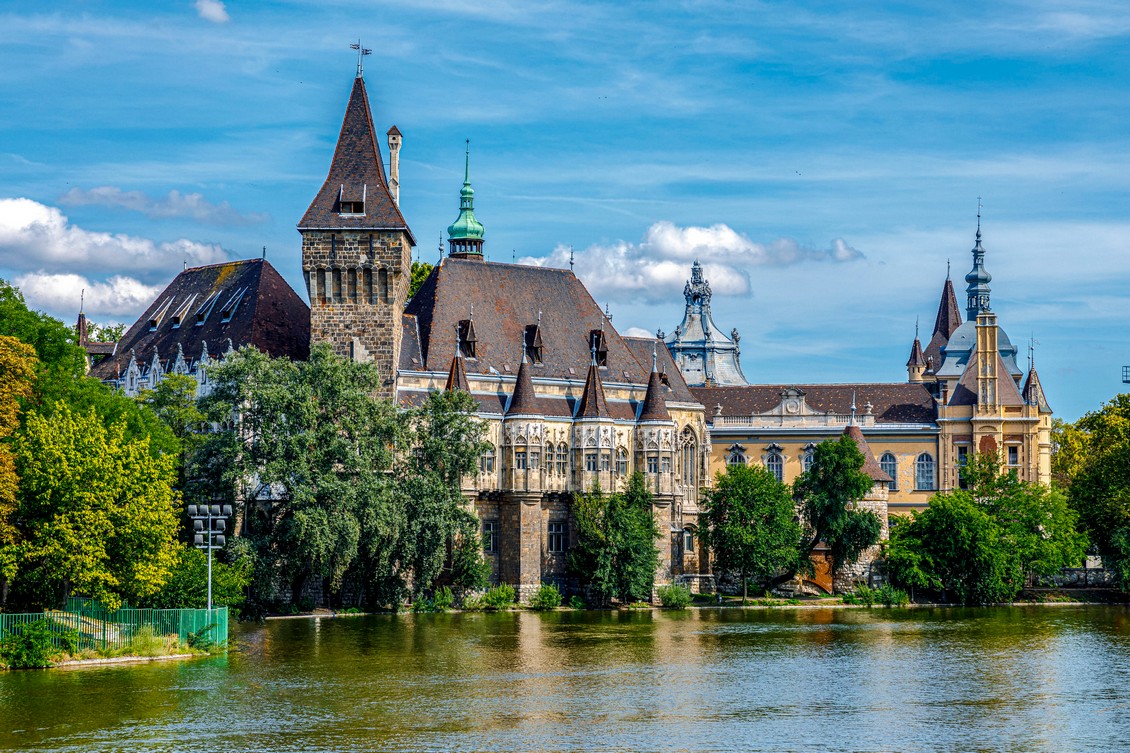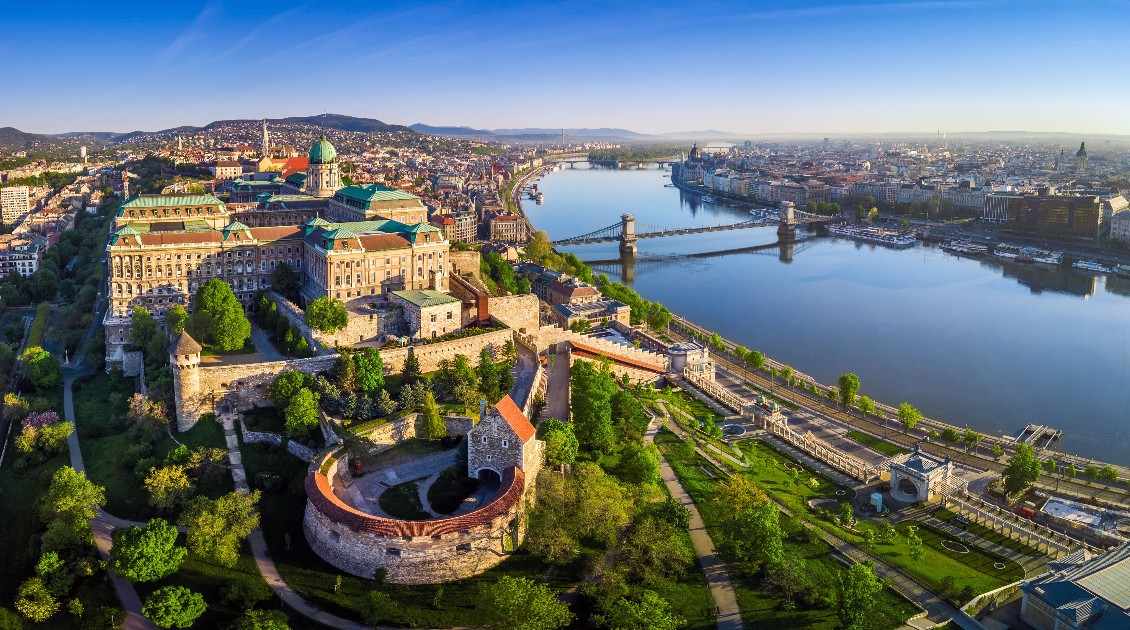Castles & Palaces
Our Offers: Vajdahunyad Castle BUDA CASTLE
BUDAPEST - VAJDAHUNYAD CASTLE

Located in one of Budapest’s largest public parks, City Park, Vajdahunyad Castle is today home to the Museum of Hungarian Agriculture, the biggest agricultural museum in Europe. The castle was built on an island and can be accessed via one of four bridges. The components of the monumental castle building were modelled after famous buildings erected in the area of historical Hungary, so we can discover traces of Romanesque and Gothic churches, Renaissance palaces and Baroque castles in certain sections of the castle. From spring to autumn, City Park Lake around Vajdahunyad Castle is a spectacular location for boating and pedal boating, while in winter, the artificial lake becomes a skating rink.
BUDAPEST - BUDA CASTLE

The Buda Castle in Budapest is a historical castle and palace complex that offers a plethora of attractions. It is home to the Hungarian National Gallery, where visitors can admire a wide range of Hungarian art. The Budapest History Museum is another must-see, providing insights into the city's rich history. Matthias Church, with its stunning neo-Gothic architecture and vibrant tiled roof, is a landmark not to be missed. Fisherman's Bastion offers breathtaking panoramic views of the Danube River and the city. The Labyrinth of Buda Castle is an intriguing underground network of caves and cellars. The Royal Palace itself is a magnificent structure with beautifully landscaped gardens. For a touch of tranquility, the Castle Hill offers peaceful cobblestone streets and charming courtyards. The Hospital in the Rock Museum tells fascinating stories from World War II and the Cold War era. Lastly, the Funicular provides a unique and scenic way to ascend the hill, adding to the overall enchanting experience of visiting Buda Castle





